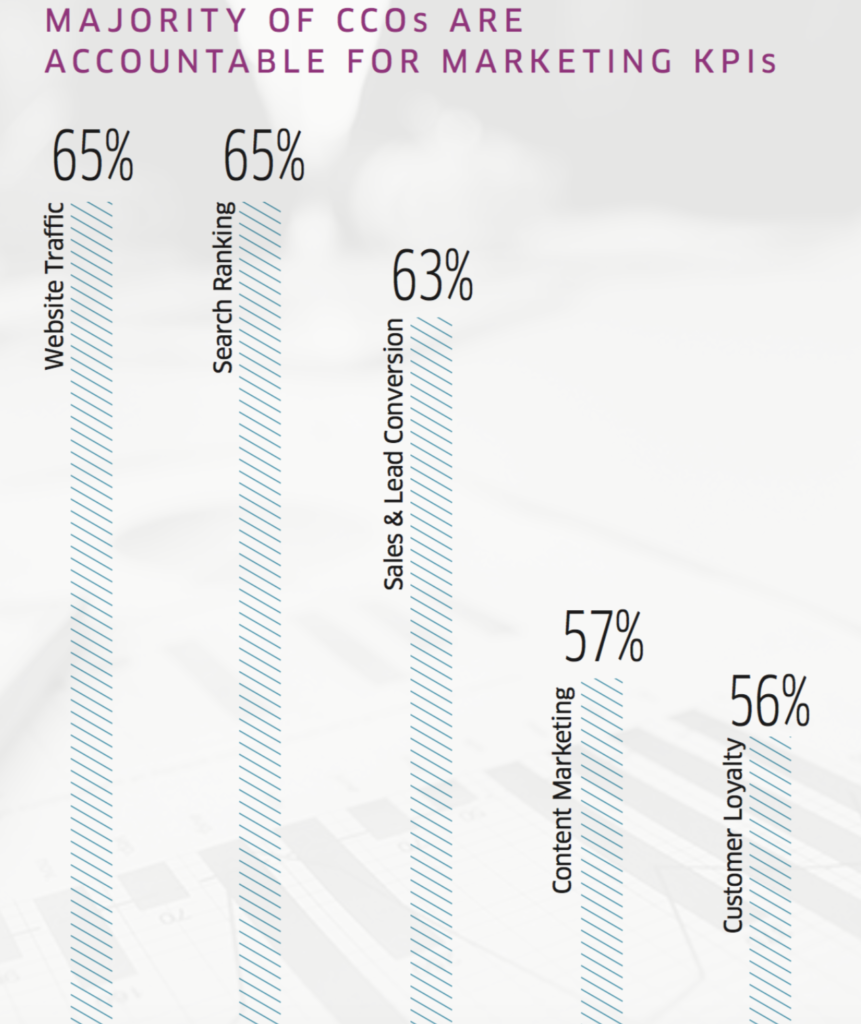TMI? So, why is this story even relevant? Over the years, the territorial tension between sales and marketing, and PR departments has created a palpable turf war. Today, inefficient marketing and communications is a significant business risk. Period. It’s a risk that can cost companies to miss sales opportunities and allow competitors to leapfrog market position – leaving you behind.
Let’s take a step back. The role of marketing has traditionally focused on understanding data and trends to better deliver products and services for customers, while public relations has focused on generating awareness, influencing, messaging, and media.
Today, PR and marketing are most effective as a partnership to leverage skill sets and be stronger together. Think more like yin and yang than oil and water.
The good news is that both disciplines have always been solidly aligned on the most important goal: increasing sales.

Business Alignment
This business alignment of public relations and marketing is acknowledged in a recent NASDAQ CCO Measurement Survey, that focused on key performance indicators (KPIs) by which Chief Communications Officers (CCO) are measured. Not surprising, CCOs are being measured against metrics that are more widely associated with marketing. For example, the top metric was customer lead conversion, further defining the importance now placed on the alignment of communications and business outcomes.
The convergence of public relations and marketing is not a new idea. Companies that have maximized resources for PR, marketing, sales, and advertising functions are well positioned. For those companies still trying to leverage digital and traditional communications, there is an opportunity to get it right. Many companies and industries already use the term integrated marketing or strategic communications to refer to this convergence, but few have mastered it in practice.

Source: Nasdaq Corporate Solutions/KRC Research COO Measurement Survey
What Unites Us
Both PR and marketing are well-positioned to execute campaigns designed to shorten the sales cycle, increase leads, and convert prospects to clients. The turf war of paid vs. earned model is over. All industries are moving to the PESO model – paid, earned, shared, and owned.
A laser focus on efficiencies and shortening the sales cycle can provide both large and small companies with a strategic edge.
Here is a brief look at the new normal of PR and marketing.
Sales:
As the NASDAQ study showed, communicators are being measured on success by traditional marketing KPIs. Like any effective team, the skill sets add value to each other – from the beginning. Establishing goals, and working together to achieve them will accelerate the sales efforts of any company. A primary goal of PR is to educate audiences about the impact of issues or products. Both marketing and PR are focused on shortening the sales cycle.
Data:
A data-driven approach to industry trends, key personas, and audience identification provides a solid foundation to build any campaign. Often times, our business strategy and data teams uncover new opportunities for clients to improve targeting, messaging, or sell services into a new market.
Measurement:
Have you ever heard the saying, “If it can’t be measured, it doesn’t exist?” As the convergence of PR and marketing become official, both disciplines will be measured against similar metrics that include: lead generation, engagement, brand awareness, sales, customer retention, and loyalty, to name a few. In the past, PR was measured by Advertising Value Equivalents (AVE). The Barcelona Principles helped move the industry away from that limiting metric and towards measuring the effect on business results and outcomes, and stating that social media can and should be measured.
Content:
The days of guessing about content and messaging are over. Using persona data, and working with other traditional marketing data, communicators can write and produce relevant content for the PESO model (paid, earned, shared and owned). The ability to set strategy and produce diverse content using video, social images, and brand journalism can accelerate the reach of content for brands and companies.
The convergence of marketing and public relations has made the sales engine stronger. And, like my childhood, seemingly opposite forces are actually complementary and interconnected in remarkable ways.


